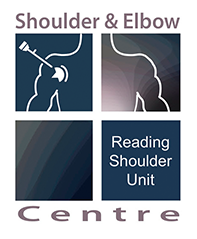Mini Symposium: Shoulder Instability (i) Surgical approaches for instability surgery of the shoulder
The appropriate surgical approach for shoulder instability is determined by the type of instability, the major direction of instability and the contributing pathology. The definition of successful instability surgery is no longer regarded as absence of recurrence of dislocation after treatment but the ability to return to full capacity at work and recreation with no restriction of motion, apprehension or pain. The treatment aim is anatomical repair with restoration of stability, motion, strength and function. The chosen surgical approach should allow access to address the underlying pathology, use anatomical planes and avoid damage or risk to neurovascular structures to ensure restoration of full function post-operatively. An anterior approach is most commonly used for treatment of shoulder instability, as antero-inferior post-traumatic instability is the most common type of instability. Anterior approaches may be used for antero-inferior and multidirectional instability as well as for posterior instability as part of multidirectional laxity. Pure posterior instability is best approached posteriorly. In recent years, arthroscopic approaches are used for all these types of instability. Viewing and working portals can be swapped for better view and access.
